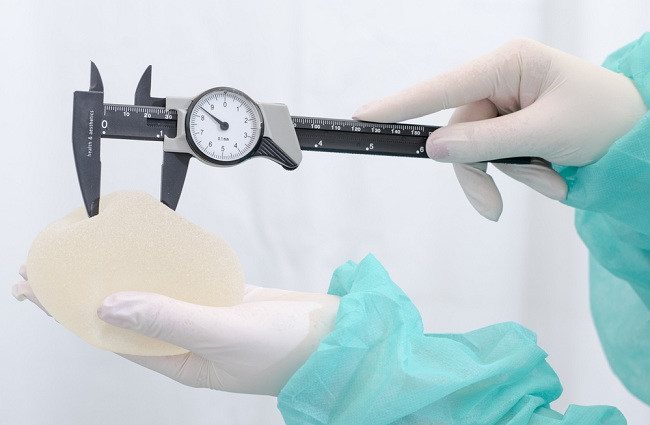Pushing or pushing the baby go out going to the birth canal might be a scary thing or make it difficult for women who want to give birth naturally. Especially if Case This is my first birth experience. But don't worry too much, there are some good ways to push to make the labor process easier.
The process of giving birth normally consists of three stages. The first stage is when the uterus contracts and an opening occurs in the birth canal, this opening occurs in the cervix or cervix.

The second stage is the process where the baby's head has started to come out of the birth canal, and you have to struggle to deliver your baby. The last is the stage of expulsion of the placenta after the baby is born. now, the process of pushing occurs when you enter the second stage.
When Should You Start Straining?
A sign that your body is ready to start pushing is when your cervix is fully dilated to 10 cm. At this time, the contractions you feel occur every 2 to 3 minutes with a duration of about 1 minute. You will also feel strong pressure on the anus, severe back pain, and a strong urge to push.
In order to be able to push properly and correctly, come on, follow these tips:
- If possible, try to find the most comfortable position when you push. Examples can be in a squatting position or lying on your side.
- Position your chin over your chest and pull your legs toward your chest. This position will help all your muscles work properly.
- Take a deep breath when the contraction comes, then hold it.
- Tighten your stomach muscles and start pushing to the count of 10.
- Then take a quick breath and push back to a count of 10. Repeat one more time.
- Try to push three times with each contraction.
- Use all your strength while pushing. But at certain times, you may be asked to push gently, to avoid tearing the perineum and vaginal walls.
- Don't strain your face when you push.
- Don't forget to rest between contractions to increase your energy.
- When you push, you can also use the muscles you use when you have a bowel movement. These muscles are very strong and effective at pushing the baby out. You don't have to be afraid of passing stool when you use these muscles, because this is common during labour.
- Use the mirror to see your baby's head. This can give you motivation and encouragement when you feel tired during the labor process. However, don't be discouraged when you see your baby's head is starting to show but it's still difficult to be born.
If you are taking pain medication, such as an epidural, the urge to push may not be as strong. You may not even feel the urge to push. But if the urge to push comes up, ask your doctor or midwife to help you push properly.
The length of the labor process varies for each pregnant woman, depending on the condition of the pregnant woman herself and her baby. Some take only a few minutes, while others take hours.
If the baby doesn't come out even though he's been pushing well, doctors and midwives will usually help with various medical procedures. A common procedure is to deliver a baby with assistance forceps or vacuum and episiotomy to widen the birth canal. Mothers who undergo this procedure will usually experience wounds in the birth canal, requiring stitches after normal delivery.









